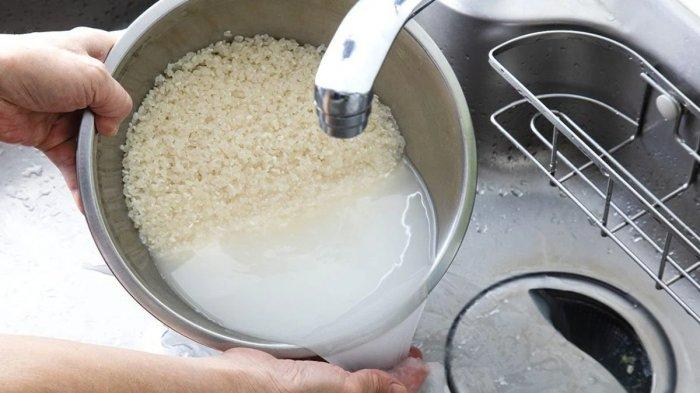Reasons for the need to wash rice
Traditionally, rice is washed to remove dust, insects, small stones, and husks left over from rice milling.
This may still be important for some regions of the world where processing is less stringent.
When it was discovered that plastic was used extensively in the food supply chain, microplastics were found in our food, including rice.
The washing process has been shown to remove up to 20 percent of the plastic from raw rice.
The same study found that microplastic content is the same regardless of the packaging (plastic or paper bag) you buy rice in.
The researchers also showed that the plastic content in instant rice (pre-cooked rice) was four times higher than in paddy rice.
If you rinse instant rice first, you can reduce plastic by up to 40 percent.
It is also known that rice is relatively high in arsenic because plants absorb more arsenic as they grow.
Rice washing has been shown to remove about 90 percent of the arsenic, but it also removes large amounts of other nutrients important to our health, including copper, iron, zinc and vanadium.
For some people, rice is a small part of their daily diet and therefore has little impact on their health.
But for a population that consumes large amounts of thoroughly washed rice every day, it can impact the overall diet.
In another study, other heavy metals, lead and cadmium were examined in addition to arsenic. Prewashing was found to reduce these values by 7 to 20 percent.
The World Health Organization has warned of the risk of arsenic exposure from water and food.
The arsenic content in rice varies depending on the growing area, rice variety and type of preparation.
The best advice is still to wash the rice first and make sure to include different grains as well.
A recent 2005 study found that arsenic levels were highest in the United States.
However, it’s important to remember that arsenic is also found in other foods, including products made from rice (cakes, crackers, crackers, and granola), seaweed, seafood, and vegetables.






